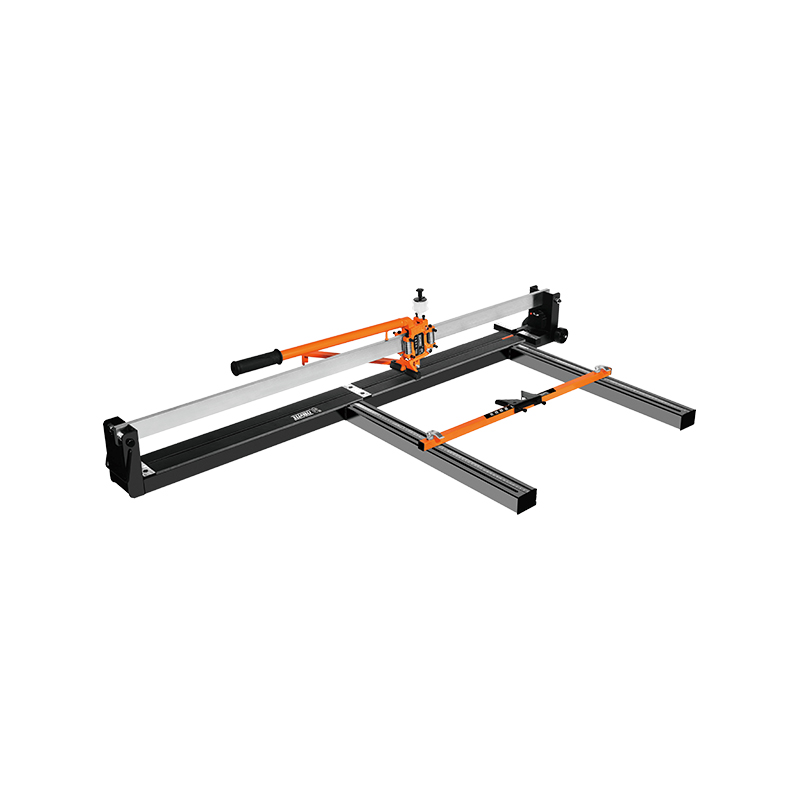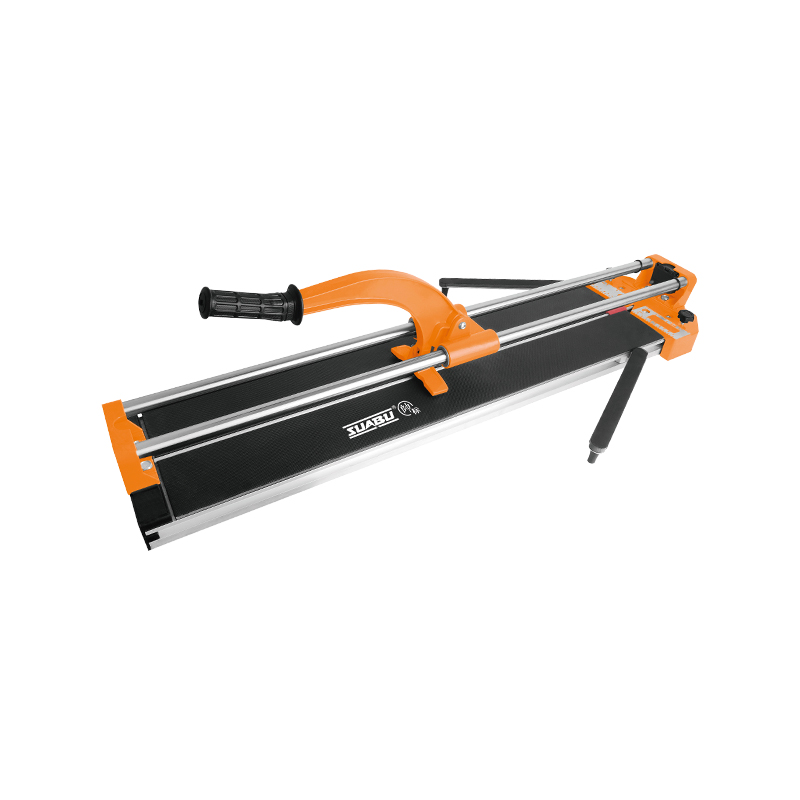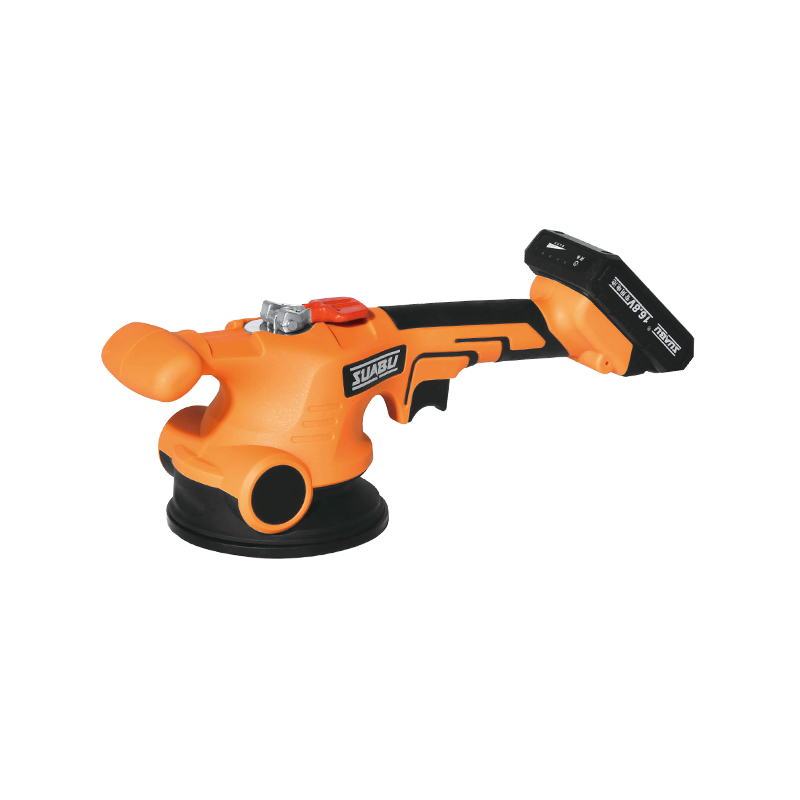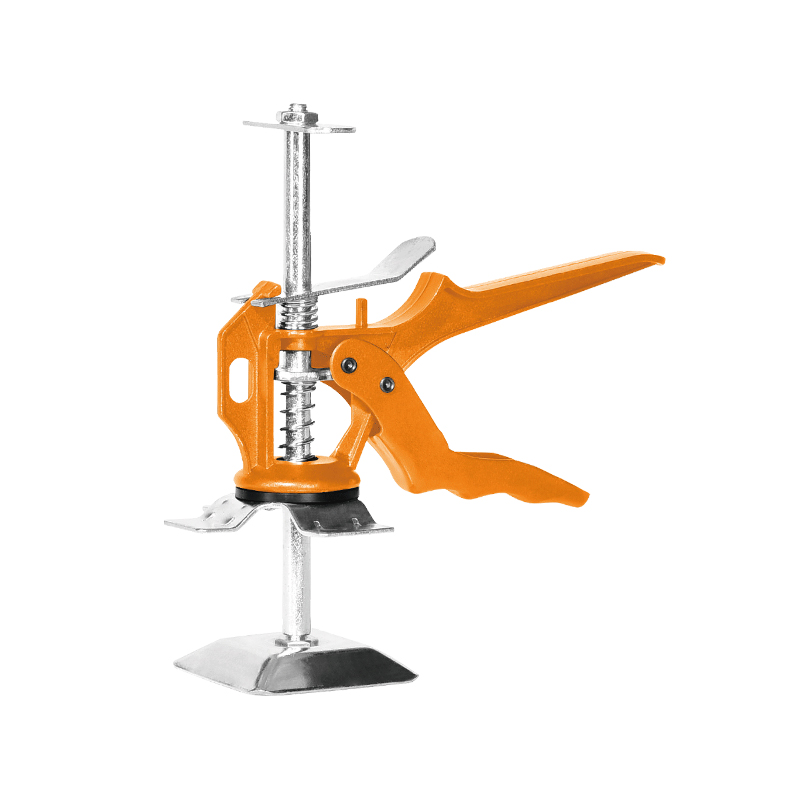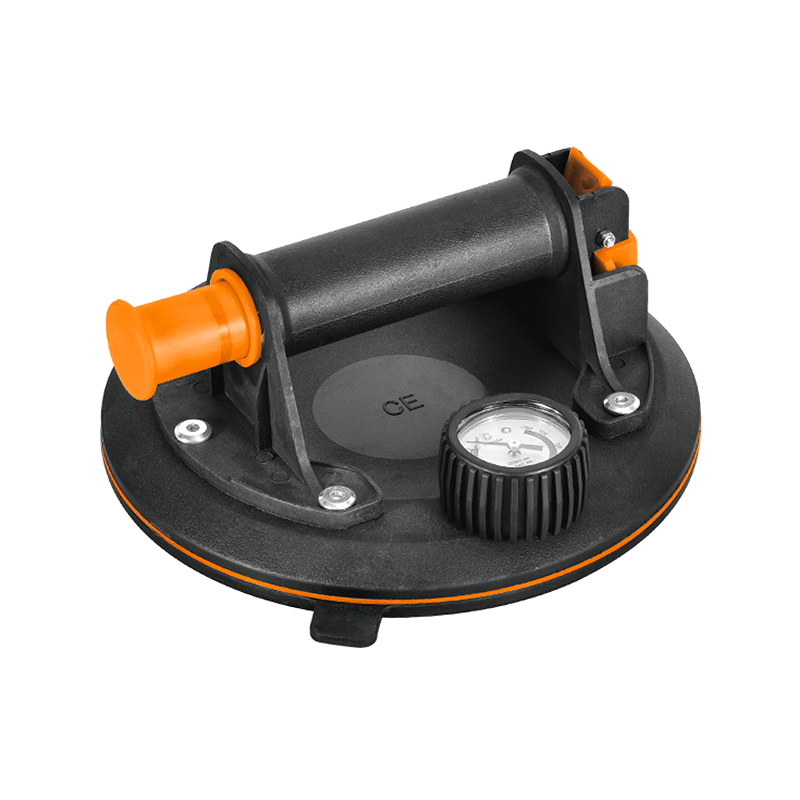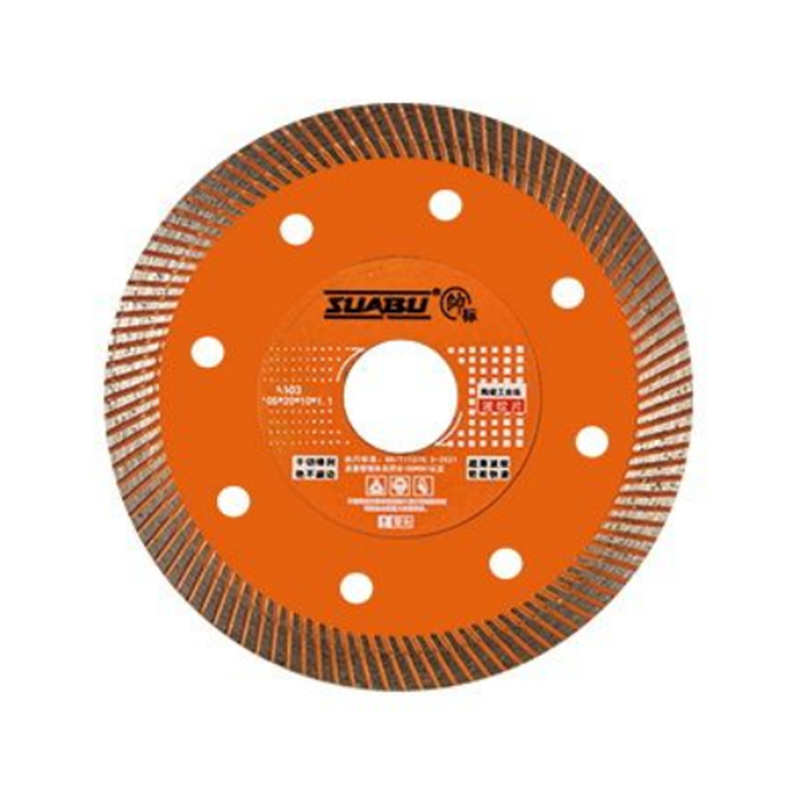Inside a Tile Cutter Factory: The Journey of Tile Cutting Machines
2024-10-18
Tile cutting is an essential process in the construction and design industries, providing precision and efficiency when crafting tiles to fit any space. Tile cutter factories are where the magic happens, manufacturing the machines that bring designs to life by shaping tiles to the exact specifications needed. In this article, we take you inside a tile cutter factory to explore how tile cutting machines are developed, assembled, and perfected to meet the demands of tiling professionals worldwide.
1. The Role of a Tile Cutter Factory
A tile cutter factory is where innovation, engineering, and production come together to create tile cutting solutions that meet the needs of various users, from small DIYers to large construction companies. Each factory focuses on producing high-quality tile cutting machines that deliver durability, accuracy, and ease of use. Tile cutting is no simple task—tiles must be shaped cleanly and precisely, without causing damage or fractures. This is where the engineering behind tile cutting machines shines, offering power and control to handle various tile types, including ceramic, porcelain, and stone.
These factories play a pivotal role in the building supply industry by ensuring that every tile cutting machine meets the standards required for efficient tiling projects. As we walk through the processes involved in tile cutter manufacturing, we'll see how each step contributes to the creation of a machine that makes tile cutting easier and more accurate.
2. From Concept to Design: How Tile Cutting Machines are Born
The journey of a tile cutting machine begins with the design and engineering team. These experts analyze the latest trends in construction and tiling needs, identifying the types of tiles and the cutting precision that professionals demand. The design phase is crucial because a well-designed machine translates to ease of use, efficiency, and longevity.
Prototype Development: After the initial design sketches, the team creates prototypes of the tile cutting machine. These prototypes undergo rigorous testing to ensure they meet the necessary standards for power, accuracy, and durability.
Precision Engineering: Precision is key in tile cutting, and each tile cutter factory ensures that all parts align perfectly. Features like the cutting wheel, guide rails, and scoring mechanisms are refined to provide smooth and clean cuts. The factory's engineers adjust these elements until the prototype consistently achieves accurate results.
3. Assembling the Tile Cutting Machine: Where Components Come Together
Once the prototype is approved, the tile cutter factory moves to the assembly stage. Here, components of the tile cutting machine come together to form the final product. Assembly is a carefully monitored process to maintain high standards of quality.
Component Preparation: Parts such as the base plate, handle, rails, and scoring wheel are crafted and finished individually. Each component is inspected for defects before assembly begins, as quality control is integral to a successful tile cutter factory operation.
Precision Assembly: As the components are assembled, every detail matters. Screws are tightened to specified torque levels, guide rails are aligned, and the handle mechanism is calibrated for smooth movement. This careful attention ensures the tile cutting machine performs consistently and can withstand extensive use.
Quality Testing: After assembly, each tile cutting machine undergoes quality testing. The machine is tested on different types of tiles, and its durability is evaluated to ensure it meets the high standards set by the factory. Quality testing checks for alignment, cutting accuracy, and ergonomic functionality.
4. Innovation in Tile Cutting: The Evolution of the Tile Cutter
A tile cutter factory is always evolving to meet the changing demands of the construction industry. Today's tile cutting machines are far more advanced than their predecessors, offering features that enhance usability, safety, and precision. For instance, many modern tile cutters feature laser guides to assist with alignment, water-cooling systems for wet cutting, and ergonomic handles for comfortable use over long periods.
Wet Cutting Technology: Some tile cutters are equipped with water cooling to keep the cutting wheel from overheating, especially when cutting hard materials like stone. Wet cutting extends the life of the tile cutting machine and provides smoother cuts on tough materials.
Portable Models: The demand for portable tile cutters has increased, particularly for professionals who need to transport their tools between sites. Factories now produce compact, lightweight tile cutters that do not compromise on power or precision, making them a versatile choice for various projects.
Digital Features: Digital enhancements, such as laser guides, improve cutting accuracy by projecting a line onto the tile, helping users align their cuts perfectly. This technology ensures that tiles are cut to precise dimensions, reducing material waste and speeding up the installation process.
5. Packing and Shipping: The Final Steps Before the Tile Cutting Machine Reaches You
Once the tile cutting machines have passed inspection and testing, they're prepared for shipping. The tile cutter factory packages each unit securely to prevent damage during transport. Machines are carefully wrapped, boxed, and labeled before they are sent out to distribution centers or directly to customers.
Packaging Quality: Each machine is wrapped in protective material and secured in a box to avoid movement during shipping. High-value models may include additional components such as spare wheels, guide rails, or instruction manuals for maintenance.
Efficient Distribution: The factory coordinates with logistics partners to ensure prompt and safe delivery to retailers and customers worldwide. Efficient distribution allows tile cutting machines to reach users quickly, so they're ready for immediate use on construction sites and in workshops.


